If like me you love castles then Chepstow castle should most definitely be on your list of castles to visit. This castle has a deep history that is well worth exploring.
In this article, we will cover every aspect of the castle from its founding to its ruin, when it was built, who lived there and what led to its ruin. If you love learning about the history of castles then you should keep reading this article.
What to expect from our article
Where is Chepstow castle located?
Chepstow castle is located in Chepstow, Monmouth, which is in south wales. The castle sits on top of tall cliffs overlooking the river wye.

When Was Chepstow Castle Built?
Chepstow Castle was built in 1067. It is one of the finest examples of 11th-century castle architecture and has the oldest castle doors in Europe, the original doors have been copied and replaced, they are now on display within the castle away from the elements. Chepstow was constructed of stone, unlike most castles that were first built from wood. Most of the stones used in the building of Chepstow castle came from the quarry however there is evidence that some of the stone was recycled from the Roman ruins at Caerwent. Over the years the castle was adapted adding different sections until it became the castle you see today.
Who built Chepstow castle?
William Fitz Osbern in 1067-1087
Chepstow Castle was originally built by William FitzOsbern in 1067 making it one of the oldest stone castles in Britain. The tower was built relatively quickly as they re-used pre-cut stone blocks and red roman tiles from nearby Caerwent. Today when you enter the original great tower you do so through the basement, the original entrance would have been on the east side of the tower.

The Great Tower Surround
The location for Chepstow Castle already had natural defences with the river and the cliffs surrounding it but as the castle grew so did the walls, towers were also added to further strengthen the castle. Any existence of wooden structures at the castle is long gone but if you look closely you can find evidence that they existed. When you look at the castle walls you will see holes, these holes are called putlog holes and they were used to place wooden scaffolding (similar to what we use today) when the castle was being built. The bigger holes were used to place wooden beams which held the floors in place, which is what you don’t see any floors in ruined castle towers.

William Marshal and his sons 1189-1245
William Marshal inherited the castle through his marriage to Isabel De Clare in 1189, he would become one of the richest and most powerful men in the kingdom and he showed this in the adaptations he made to Chepstow Castle. William Marshal made this castle into a fortress by adding upper and lower baileys. Taking inspiration from his travels in France and the middle east he built the round towered gatehouse. Marshal’s sons would extend the great tower and strengthen the weakest point of the castle by adding the upper barbican.

Roger Bigod 1270-1306
Roger Bigod the fifth earl of Norfolk inherited Chepstow castle from his uncle in 1270 and he was determined to put his mark on the castle, he wanted the best of everything and he was going to have it. He added;
- Internal kitchens
- Pantries
- Long drop toilets
- Buttery
- Laundry rooms
- Drainage
- Dining hall
- Private chambers
Roger Bigod extended mostly on the river side of the castle, this was an ingenious move as that side of the castle was naturally protected against attacking enemies due to its natural defences.
One of the other benefits of having a castle built near the river was to have full access to supplies. Cargo was unloaded off of boats and a special pulley system was used to hoist it into the newly built cellars.

Why Was Chepstow Castle Built?
Like all castles, Chepstow Castle was built as a defensive castle in the years immediately following the Norman invasion. William FitzOsbern was one of the key supporters of William I and had been instrumental in persuading the Norman Barons to support the invasion of England. William I wanted one of his most reliable allies in a position to secure the southern portion of the border (known as the march) suppressing any threat that might come from Wales. FitzOsbern was rewarded with the title of Earl of Hereford and given extensive land including Chepstow. Two other magnates were granted the Earl status one of Shrewsbury and the other Chester in order to control the central and northern Marches. All three of these Earls were given permission to build castles to secure their new territory. William Fitz Osbern constructed a number of fortifications along the River Wye including Chepstow, Monmouth and Hereford.

Chepstow Castle Timeline
1066 The Battle of Hastings; William, Duke of Normandy was crowned king of England.
1067 William Fitz Osbern, earl of Hereford, begins the earliest defences at Chepstow.
1071 Earl William dies and his son, Roger of Breteuil, inherits Chepstow.
1075 Earl Roger was imprisoned for rebellion against the king. Chepstow was now in the hands of the crown.
1081 King William I visits St Davids and establishes a castle in Cardiff. Chepstow’s great tower may have been begun; maybe as a royal audience chamber.
1087 King William dies and Chepstow’s great tower is still unfinished.
1115 Henry I gives Chepstow to the Clare family.
1176 Chepstow returns to the Crown on the death of Richard of Clare, ‘Strongbow’.
1189 William Marshal gains Chepstow through his marriage to Isabel of Clare. Building of the main gatehouse and lower bailey began, followed by the middle bailey defences, strengthening of the upper bailey curtain and construction of its southwest tower.
1219 William Marshal dies; his eldest son, William, inherits Chepstow and begins to remodel the first floor of the great tower.
1231 William dies; Chepstow passes to his brother, Richard.
1234 Richard dies; his brother, Gilbert inherits Chepstow and completes work on the great tower and upper barbican.
1245 Walter and Anselm Marshal die and Chepstow passes to their sister, Maud.
1248 Maud dies and Chepstow passes to her son, Roger Bigod, the fourth earl of Norfolk
1270 Roger dies and his nephew, Roger Bigod, the fifth earl of Norfolk inherits Chepstow. He starts an ambitious building plan beginning with the domestic accommodation in the lower bailey and both gatehouses are remodelled.
1284 King Edward I visited Chepstow Castle and Marten’s Tower began soon after.
1293 Marten’s Tower is probably complete at this point, and the upper storey of the great tower is extended.
1306 Roger Bigod dies; Chepstow returns to the Crown.
1312 Edward Il grants Chepstow to Thomas of Brotherton. Much of the repair work was carried out during the constableship of Hugh Despenser.
1403 Thomas Mowbray, earl of Norfolk was ordered to garrison the castle against the troops of Owain Glyn Dŵr.
1468 Chepstow is held by the Herbert family and their descendants, the Somersets who are earls of Worcester. Parts of Chepstow were modernized during the sixteenth century with new windows and fireplaces.
1642 Outbreak of the Civil War and Chepstow is garrisoned for the king.
1645 Chepstow was taken by the parliamentarians.
1648 Chepstow was seized by the royalist, Sir Nicholas Kemeys is killed when parliament retakes the castle. Chepstow was given to Oliver Cromwell.
1650 £300 was spent on hasty repairs to the curtains of the upper and middle baileys.
1662 £500 was spent on repairs to the lower bailey curtain, gunport and musket loops.
1668 Republican and regicide, Henry Marten was imprisoned in Marten’s Tower until his death in 1680.
1760 Industrial works were established in the lower bailey at this time.
1850 Eighth duke of Beaufort clears the interior of the castle and the Beaufort Estate begins conservation of the fabric at the end of the nineteenth century.
1905 the Lysaght family acquired the castle and conservation work continued.
1953 Chepstow was placed in the guardianship of the State.
1984 Responsibility for the care of Chepstow transferred to Cadw.

Why is Chepstow castle a ruin?
Chepstow Castle was garrisoned during the Glyndwr rebellion and was besieged twice during the English Civil War. At the end of the Civil War, the monarchy was restored, and Chepstow Castle served as a garrison and gaol. Famous prisoner Henry Marten, who signed the death warrant for Charles I died in this castle in 1680. Shortly after his death, the garrison was disbanded and the castle fell into disrepair. During the 18th century, there was a rise in tourism to the village of Chepstow. The now ruined Chepstow Castle was once again rediscovered by travellers in search of picturesque Wales.

Can you walk around Chepstow Castle?
Yes, you can walk around Chepstow castle, in fact, there is a circular walk around Chepstow using the Wye Valley. The circular walk starts at Chepstow Castle from here you join the Wye Valley Walk, follow this path past the town before joining onto the woodland trails and through Alcove and Pierce Wood. On this route, you will pass Piercefield Park and Piercefield House; a late 18th century ruined country house.
The walk continues past Chepstow Race Course, where you can climb to the Eagle’s Nest viewpoint. The route then descends through Wyndcliff and Black Cliff Wood before arriving at Tintern Abbey. After exploring the abbey you can cross the river using the old Tintern Railway Bridge heading south, you will then join the Offa’s Dyke Path and climb to the viewpoint at the Devil’s Pulpit, the route continues to Plumweir Cliff and Worgan Wood. After this, you will reach Woodcroft village. Here you will pass Wintour’s Leap, look out for the peregrine falcons. The final section takes you from Woodcroft back into Chepstow, again crossing over the river before returning back to the castle.

How Much is Admission to Chepstow Castle?
Admission to Chepstow Castle is inexpensive compared to some of the other castles we have visited, but here is the full price list for you to see.
Cadw Member – Free (plus 10% off in the gift shop for members)
Adult – £4.45
Family – £14.65
Disabled and Companion – Free
Juniors (Aged 5-17) – £3.10
Armed Forces and Veterans/NUS – £3.10
Seniors – £4.15
A family ticket includes 2 adults and up to 3 children, and all children under the age of 5 will receive free admission.


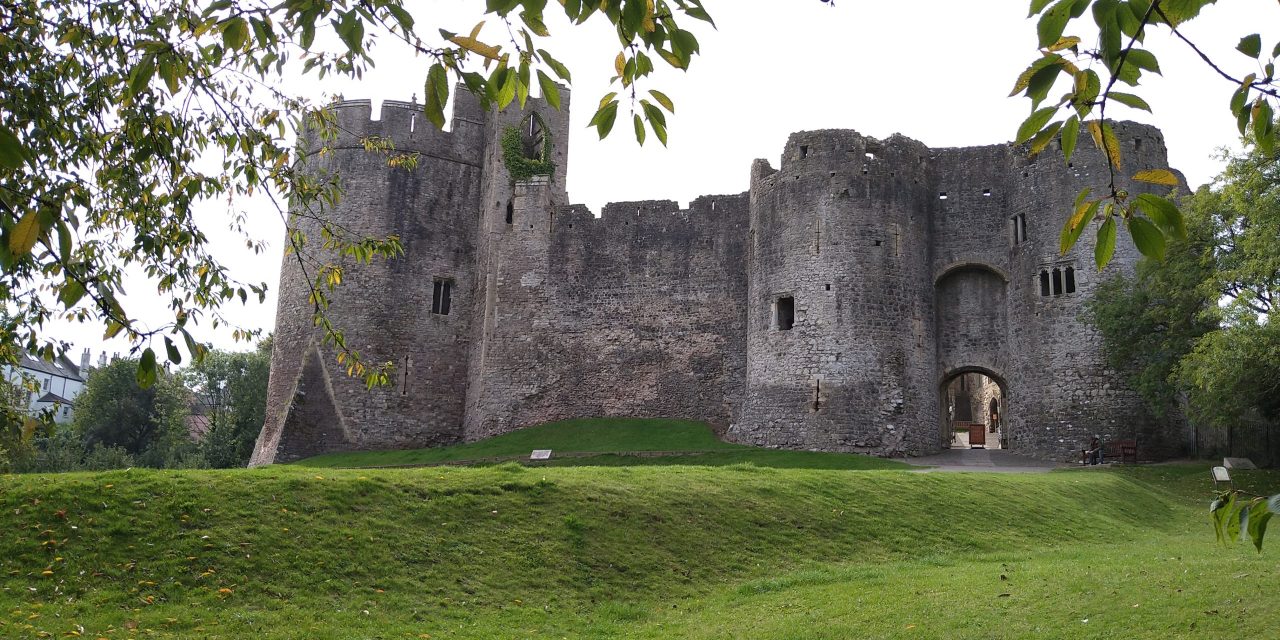
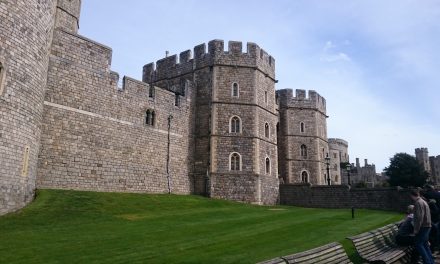
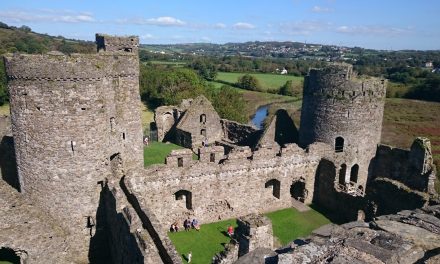
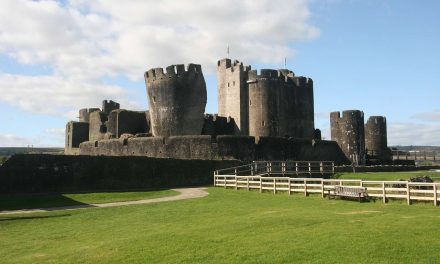
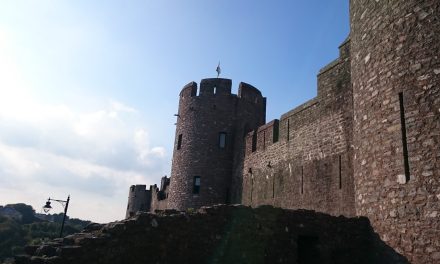


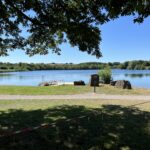






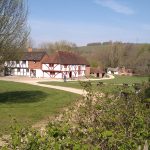

Trackbacks/Pingbacks